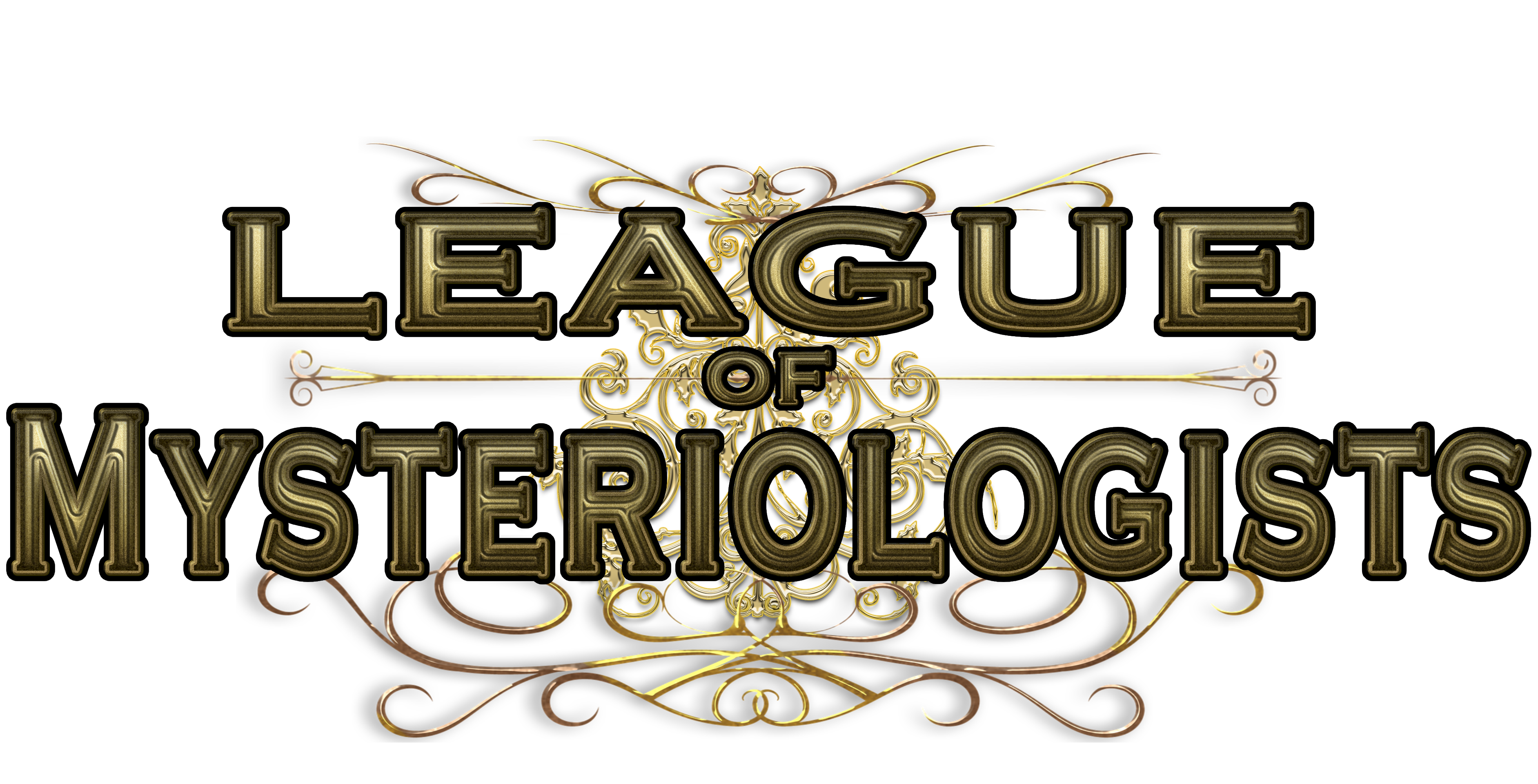League of Mysteriologists – Public Archive
Subject: The Beast of Gévaudan – France’s Mysterious Killer
Introduction: A Monster in the French Countryside
Between 1764 and 1767, the rural province of Gévaudan in southern France became the hunting ground for one of the most infamous cryptids in history—the Beast of Gévaudan. Described as a gigantic, wolf-like creature with reddish fur, a long tail, and an abnormally large head, the Beast allegedly slaughtered over 100 people, leaving rural villagers in terror.
Despite royal intervention, military hunts, and numerous attempts to kill the Beast, its identity remained unknown and shrouded in mystery. Some believed it was a supernatural monster, others claimed it was a trained killer beast, and some speculated that it was a misidentified predator or an unknown species of animal.
This archive entry examines the documented attacks, investigations, and theories surrounding one of history’s most enduring cryptid mysteries.
The Attacks: A Trail of Blood in Gévaudan
The first recorded attack occurred in June 1764, when a young woman tending cattle near Langogne saw a massive creature emerge from the woods. She described it as much larger than a wolf, with reddish fur, an elongated snout, and a thick tail.
Escalation of the Killings (1764-1765)
The Beast soon turned its attacks toward humans, often targeting women and children. Witnesses described the same terrifying characteristics:
- A massive wolf-like body, but larger than any known species.
- A black stripe along its back and reddish, coarse fur.
- A monstrous head with large fangs.
- Strange behavior, such as ignoring livestock to attack people directly.
By early 1765, the French government took action, as the Beast had already killed dozens of people. The attacks were so gruesome that some victims were reportedly decapitated.
The Hunts: The King’s Soldiers vs. The Beast
As the panic spread, King Louis XV himself took notice and sent professional hunters, including Jean-Charles Marc Antoine Vaumesle d’Enneval and his son, who specialized in tracking wolves.
Failed Hunts & Rising Fear
- Hundreds of local hunters and soldiers scoured the countryside, but they failed to capture the Beast.
- In April 1765, a massive wolf was killed, believed to be the Beast. However, the attacks continued.
- In September 1765, a huge predator wolf, nicknamed Le Loup de Chazes, was shot by François Antoine, the King’s gunbearer. It was publicly declared the Beast of Gévaudan, and its body was sent to Versailles for display.
However, after a brief period of calm, the killings resumed in late 1765 and 1766, leading many to believe that the real Beast was still alive.
The Mysterious Final Kill – Jean Chastel’s Shot (1767)
The final reported hunt occurred in June 1767, when a local farmer and hunter, Jean Chastel, allegedly killed the true Beast near Mont Mouchet.
Chastel’s description differed from previous wolves:
- It had a strange deformed skull.
- Its legs were unusually large.
- It did not resemble any known animal.
According to local legend, Chastel prayed before firing a silver bullet, leading to speculation that the Beast was supernatural. After this kill, the attacks finally stopped, but the mystery endured.
Theories: What Was the Beast of Gévaudan?
Despite the official story that the Beast was a wolf, many theories persist about its true nature.
1. An Unknown Cryptid or Relic Species?
- Some theorists suggest the Beast could have been a prehistoric relic species, such as a dire wolf or a surviving hyena-like creature.
- Its unusual description and large size suggest it did not match normal European wolves.
2. A Trained Hybrid or Exotic Animal?
- Some historians propose the Beast was a wolf-dog hybrid, possibly trained by a human.
- Others suggest it could have been an escaped exotic predator, such as a hyena or lion from a private collection.
3. A Serial Killer Using an Animal?
- A more sinister theory suggests that a human was behind the attacks, using a trained killer animal to commit murders.
- Some believe Jean Chastel himself may have been involved in the killings before ultimately slaying the Beast to clear his name.
Legacy & Cultural Impact
The story of the Beast of Gévaudan remains one of the most famous cryptid cases in history, inspiring:
- Films & TV Series (Brotherhood of the Wolf, La Bête du Gévaudan).
- Folklore & Literature, with many stories describing the Beast as a werewolf or supernatural entity.
- Ongoing cryptid investigations, with researchers still exploring the possibility of a real unknown predator in 18th-century France.
The true nature of the Beast remains one of the greatest unsolved mysteries in cryptozoology.
Conclusion: A Predator Lost to Time
The Beast of Gévaudan was either the most terrifying wolf in history or something far stranger.
Yet, questions remain:
- Was it truly an unknown species, or simply an exaggerated legend?
- Did Jean Chastel really kill the Beast, or was it another cover-up?
- Could modern forensic testing on historical remains finally solve the mystery?
Until those answers emerge, the Beast of Gévaudan remains one of history’s most chilling cryptid cases, a reminder that sometimes, the most terrifying monsters are not legends, but real creatures lurking in the wild.
Would you hunt the Beast, or let it remain in the shadows of history?
End of Public Archive Entry
